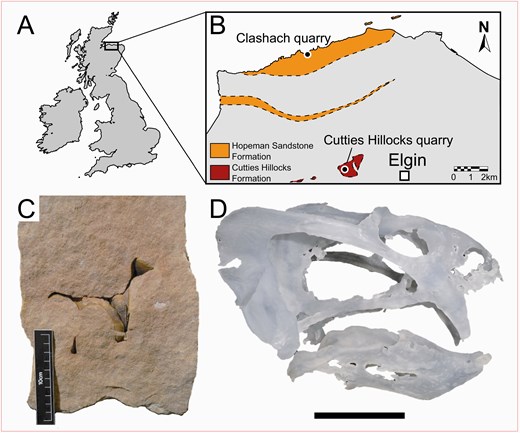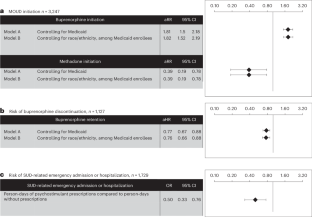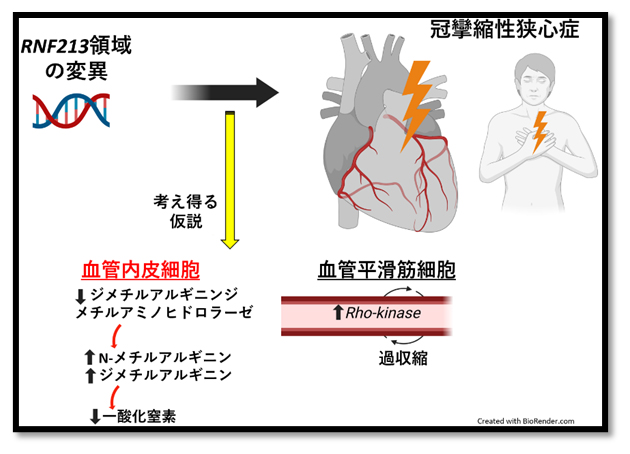2024-06-18 エディンバラ大学
<関連情報>
- https://www.ed.ac.uk/news/2024/250-million-year-old-fossil-seen-anew-with-modern
- https://academic.oup.com/zoolinnean/advance-article/doi/10.1093/zoolinnean/zlae065/7694288
スコットランド・ペルム紀後期の二歯類ゴルドニア(Therapsida: Anomodontia)の頭蓋顎骨と神経解剖学に関する新たな情報が、マイクロCTデータから明らかになった Micro-CT data reveal new information on the craniomandibular and neuroanatomy of the dicynodont Gordonia (Therapsida: Anomodontia) from the late Permian of Scotland
Hady George, Christian F Kammerer, Davide Foffa, Neil D L Clark, Stephen L Brusatte
Zoological Journal of the Linnean Society Published:18 June 2024
DOI:https://doi.org/10.1093/zoolinnean/zlae065

Abstract
Dicynodontia was an abundant, globally widespread clade of Permo-Triassic synapsids on the stem lineage of mammals. Although there is an extensive body of literature on dicynodont craniomandibular anatomy, only recently has the power of computed tomographic (CT) scanning been applied to this system. CT-assisted research on dicynodonts has focused on the smallest members of the clade, while larger dicynodonts (particularly the members of the diverse, long-ranging subclade Bidentalia) have received comparatively little attention. Here, we work towards filling that gap by presenting a µCT-assisted reconstruction of ‘The Elgin Marvel’, a bidentalian specimen consisting of a complete cranium and mandible from late Permian deposits near Elgin, Scotland, which historically has been difficult to study because of its unusual preservation as void space in sandstone. This specimen can be referred to Gordonia, which is solely represented by moulds of void specimens. The µCT data reveal new information on the palate and endocranium of this taxon that could not previously be gleaned from physical moulds made from the void specimens. A phylogenetic analysis indicates that Gordonia and the Chinese Jimusaria form a clade of bidentalians characterized by narrow pterygoid medial plates, expanding our understanding of late Permian biogeography. The endocast of Gordonia is similar to that of other non-cynodont therapsids, and has a remarkably enlarged pineal body, probably related to exaggeration of the sagittal crest. Comparisons of encephalization quotients (EQ), a measure of brain size relative to body size, reveal Gordonia has a similar EQ to most other non-cynodont therapsids.


